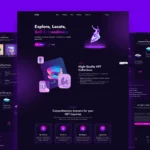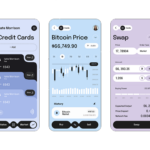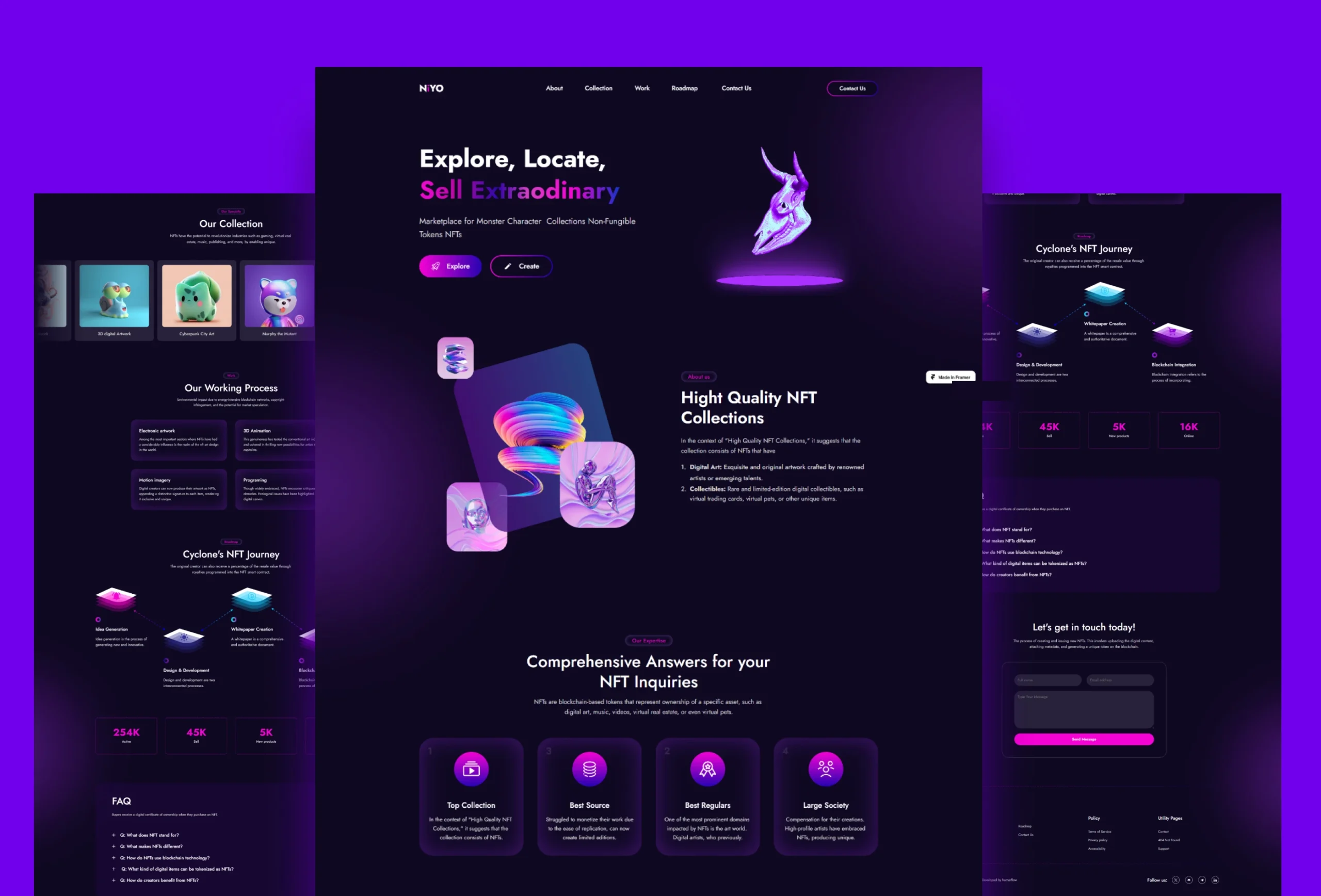
Creating an NFT (Non-Fungible Token) marketplace requires a combination of technical knowledge, understanding of blockchain technology, and familiarity with the NFT ecosystem. Below is a comprehensive guide to help you navigate the process of creating your own NFT marketplace:
1. Understand NFTs and Blockchain:
Before diving into creating an NFT marketplace, ensure you have a solid understanding of NFTs and blockchain technology. Research the underlying concepts, and how NFTs are created, traded, and stored on the blockchain.
2. Define Your Niche and Audience:
Identify your target audience and the niche you want to cater to with your NFT marketplace. Consider whether you want to focus on digital art, collectibles, music, gaming assets, or other types of digital assets.
3. Choose a Blockchain Platform:
Select a blockchain platform to build your NFT marketplace on. Ethereum is the most popular choice for NFTs, but other platforms like Binance Smart Chain, Flow, and Tezos also support NFTs. Evaluate the pros and cons of each platform before making your decision.
4. Development:
a. Smart Contract Development:
Develop smart contracts to represent your NFTs. These contracts should comply with the ERC-721 or ERC-1155 standard (for Ethereum) or the respective standards on other blockchain platforms.
b. Frontend Development:
Create a user-friendly frontend for your marketplace. This includes features such as user authentication, browsing and searching for NFTs, displaying NFT metadata and images, and facilitating transactions.
c. Backend Development:
Build the backend infrastructure to handle user accounts, transactions, payments, and communication with the blockchain network.
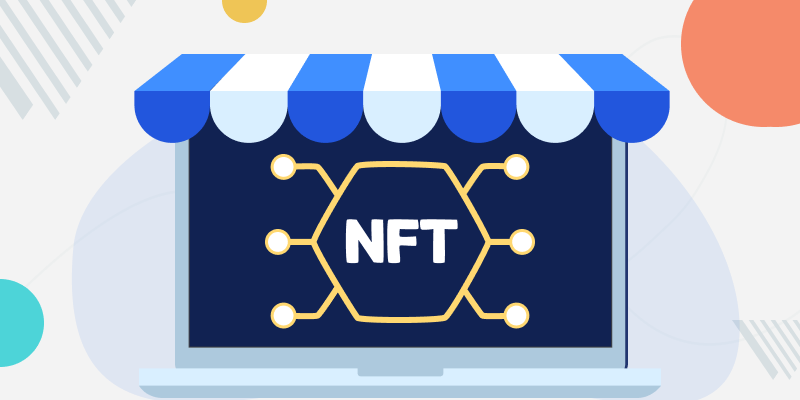
5. Integration with Wallets:
Integrate cryptocurrency wallets to allow users to connect their wallets to your marketplace. This enables them to buy, sell, and trade NFTs directly from their wallets.
6. Marketplace Features:
a. Listing and Minting:
Allow creators to mint and list their NFTs on your marketplace. Provide an easy-to-use interface for uploading metadata, images, and other information about the NFT.
b. Auctions and Fixed Price Sales:
Implement different sales mechanisms such as auctions, fixed-price sales, and Dutch auctions to cater to different selling preferences.
c. Royalty Mechanism:
Incorporate a royalty mechanism to ensure creators receive a percentage of future sales of their NFTs.
d. Search and Discovery:
Implement robust search and discovery features to help users find NFTs based on categories, tags, creators, and other criteria.
e. User Profiles and Social Features:
Allow users to create profiles, follow their favorite creators, and engage with other users through comments, likes, and shares.
7. Security:
Ensure the security of your marketplace by following best practices for smart contract development, implementing secure authentication mechanisms, and regularly auditing your code for vulnerabilities.
8. Compliance:
Understand the legal and regulatory requirements associated with operating an NFT marketplace, including intellectual property rights, tax implications, and anti-money laundering (AML) regulations.
9. Testing:
Thoroughly test your marketplace to identify and fix any bugs or issues before launching it to the public.
10. Launch and Marketing:
Launch your NFT marketplace and promote it to your target audience through digital marketing channels, social media, partnerships, and collaborations with artists and creators.
11. Community Building:
Foster a vibrant community around your marketplace by engaging with users, hosting events, and providing support and resources for creators and collectors.
12. Iteration and Improvement:
Continuously gather feedback from users and iterate on your marketplace to improve its features, usability, and overall user experience.
By following these steps, you can create a successful NFT marketplace that serves the needs of creators, collectors, and enthusiasts in your chosen niche. Keep abreast of developments in the NFT space and be prepared to adapt your marketplace to emerging trends and technologies.
LEARN MORE: Transform Your App Idea Into A Market-Ready Reality
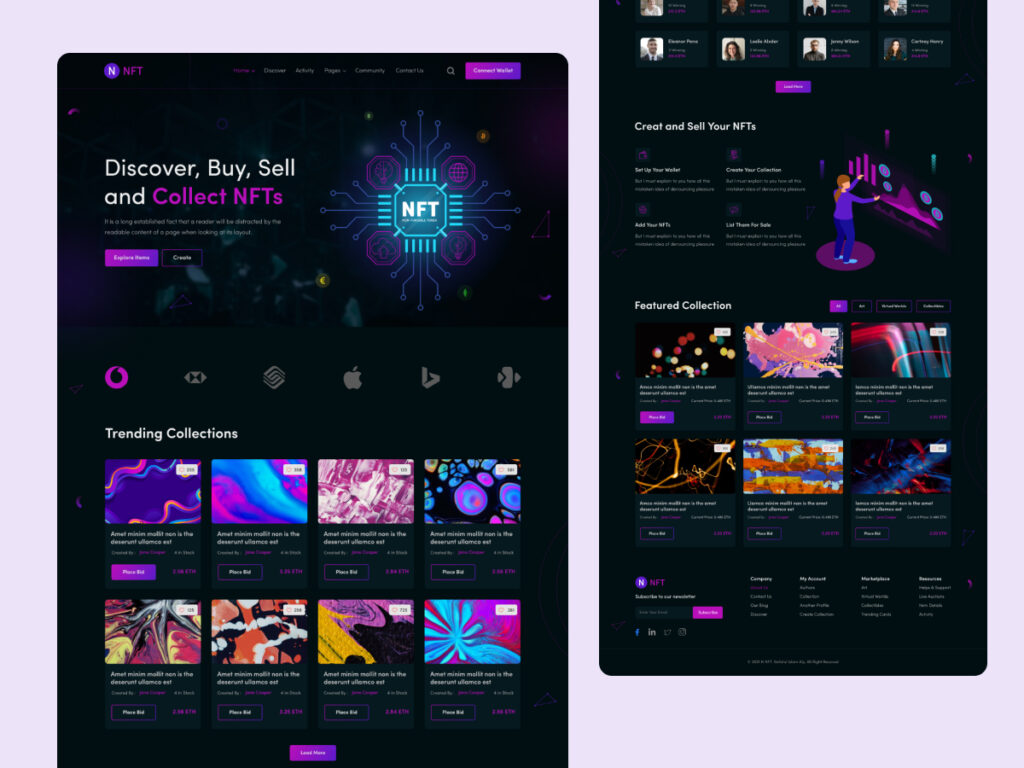
The Complete Guide to Creating Your NFT Marketplace
Non-fungible tokens (NFTs) have taken the digital world by storm, revolutionizing the way we perceive and exchange digital assets. As the demand for NFTs continues to soar, creating your own NFT marketplace can be a lucrative opportunity to capitalize on this emerging market. In this comprehensive guide, we’ll walk you through the step-by-step process of building your own NFT marketplace, from conceptualization to launch
- Understanding NFTs and Their Market Potential:
Begin by gaining a thorough understanding of NFTs and their market potential. Explore the concept of non-fungible tokens, their use cases, and the growing demand for digital collectibles, artwork, gaming assets, and more. Conduct market research to identify trends, competition, and opportunities in the NFT space.
- Defining Your Niche and Target Audience:
Determine your niche and target audience for your NFT marketplace. Consider whether you’ll focus on specific types of digital assets, such as art, music, video, or gaming, and tailor your platform to cater to the preferences and interests of your target demographic.
- Choosing the Right Blockchain Platform:
Select a blockchain platform that aligns with your project requirements and goals. Evaluate factors such as scalability, security, transaction fees, community support, and smart contract capabilities. Popular blockchain platforms for NFT marketplaces include Ethereum, Binance Smart Chain, Flow, and others.
- Developing Smart Contracts and Token Standards:
Develop smart contracts and token standards to create and manage NFTs on your marketplace. Determine the attributes and metadata associated with each NFT, such as title, description, creator, royalties, and ownership rights. Implement industry-standard token standards like ERC-721 or ERC-1155 for Ethereum-based marketplaces.
- Building the Marketplace Platform:
Design and develop the user interface and functionality of your NFT marketplace platform. Consider features such as user registration, wallet integration, NFT browsing and discovery, auctions, bidding, buy-now options, collections, creator profiles, and social sharing. Ensure that your platform provides a seamless and intuitive user experience for buyers and sellers.
- Implementing Payment and Escrow Systems:
Integrate payment and escrow systems to facilitate secure transactions on your NFT marketplace. Support various payment methods, including cryptocurrencies and fiat currencies, and ensure compliance with regulatory requirements. Implement escrow services to hold funds in trust until transactions are completed satisfactorily.
- Ensuring Security and Compliance:
Prioritize security and compliance measures to protect user data, funds, and digital assets on your NFT marketplace. Implement robust security protocols, encryption techniques, and multi-factor authentication to safeguard against cyber threats and unauthorized access. Stay informed about legal and regulatory developments in the blockchain and NFT space to ensure compliance with applicable laws and regulations.
- Testing and Deployment:
Thoroughly test your NFT marketplace platform to identify and address any bugs, glitches, or usability issues. Conduct user acceptance testing (UAT) to gather feedback from beta testers and refine the platform based on user input. Once testing is complete, deploy your NFT marketplace to the blockchain network and make it accessible to users.
- Marketing and Promotion:
Launch a comprehensive marketing and promotion campaign to attract users and creators to your NFT marketplace. Utilize social media, influencer marketing, content marketing, email campaigns, and partnerships to raise awareness and drive traffic to your platform. Highlight unique features, exclusive collections, and incentives to incentivize participation and engagement.
- Community Building and Support:
Foster a vibrant and supportive community around your NFT marketplace to nurture long-term engagement and loyalty. Engage with users, creators, collectors, and enthusiasts through forums, social media channels, and community events. Provide responsive customer support and address user inquiries, feedback, and concerns promptly to build trust and credibility.
Elevate your app game with StepSharp! iOS expertise meets limitless possibilities. Let’s build brilliance together at www.stepsharp.com – where your app dreams take flight!
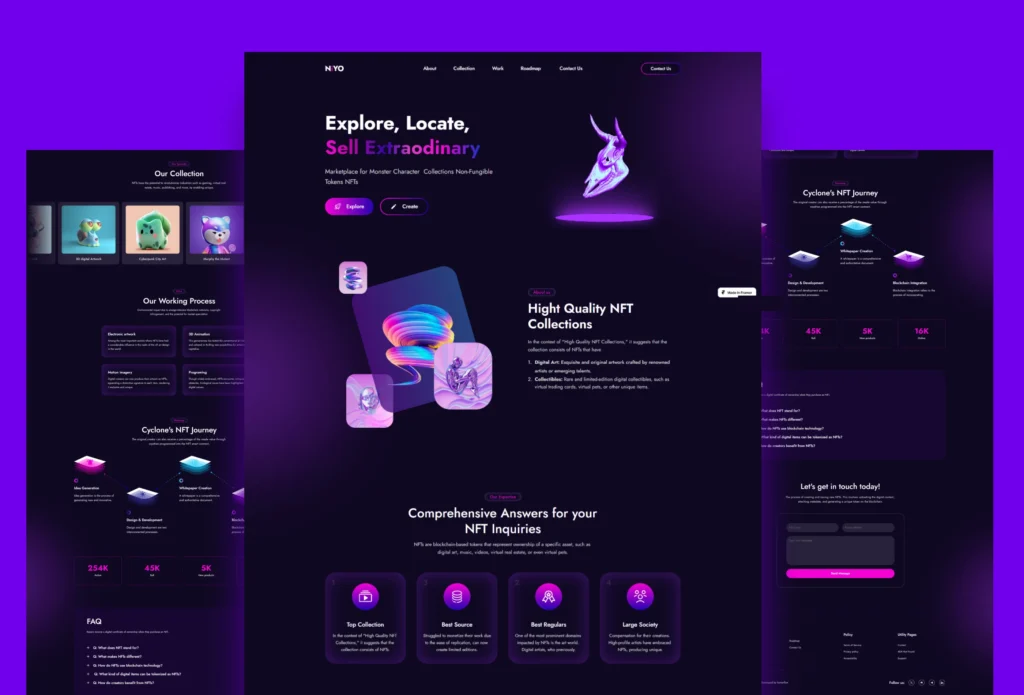
Conclusion:
Creating your own NFT marketplace is an exciting venture that requires careful planning, execution, and ongoing management. By following this comprehensive guide and leveraging the latest blockchain technologies and best practices, you can build a successful NFT marketplace that connects creators with collectors and enables the exchange of digital assets in a secure, transparent, and decentralized manner. Embrace innovation, creativity, and collaboration to unlock the full potential of the NFT ecosystem and establish your presence in this dynamic and rapidly evolving market.


